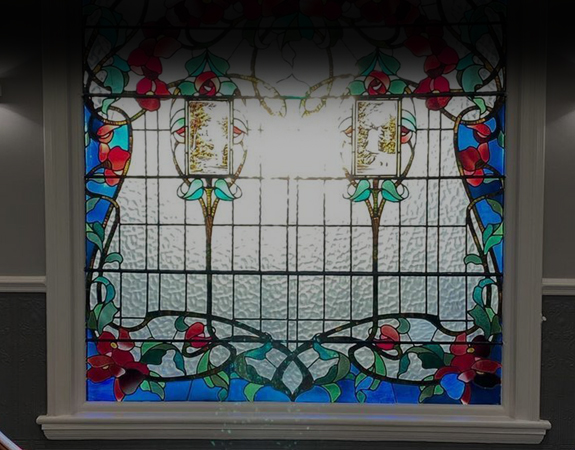Methods of Replacing Missing Teeth
It is distressing to have missing teeth, but it’s also important to replace them in some way or other. The reason for this is that otherwise the teeth adjacent to the gap will begin to drift into the space, while the teeth in the opposing jaw may move downwards as they have nothing to bite against to hold them in place.
This can lead to problems in your bite, and may need to unsightly gaps developing. Once the teeth do begin to move around it’s quite difficult to correct them, so it’s obviously better to replace teeth soon after they are lost. Another problem is that missing teeth can create extra pressure on the remaining teeth whenever you bite or chew, and this could lead to them fracturing or chipping. If you are missing quite a few teeth then you’ll probably notice that your face has changed shape. This is because teeth have an important part to play in supporting your cheeks and lips, and having a full complement of teeth can create a more youthful appearance!
Our dentist Leeds has several different options available to replace teeth, and the solution may depend on the location of the tooth, your budget, and your general health. It’s something Dr David Brown will discuss with you when you visit Leeds City Dentalcare for an initial consultation. Your options include a partial denture, a bridge, or an implant.
Partial Dentures, an Affordable and Easy Solution to Replacing Missing Teeth
The easiest way to replace a missing tooth or teeth is to have a partial denture. This is where a false tooth or teeth are supported on a gum coloured acrylic base. It’s quite likely the acrylic base will be strengthened with a metal alloy, and the partial denture may be held in place with metal clasps that fit around your remaining teeth. Its affordability is one of the main advantages of this type of replacement, but healthy teeth may need to be modified to accommodate the clasps, and some people find it uncomfortable to wear a partial denture. Others worry it could move about or affect eating and speaking.
Replacing Teeth with a Bridge
Another popular method is to replace the missing teeth with a bridge. The missing tooth is replaced with a false tooth called a pontic which is anchored to one or two crowns. These crowns fit over the teeth adjacent to the gap, and mean healthy teeth need to be ground down to create sufficient space for the crown or crowns. The fact they are permanently cemented in place is a bonus, and modern materials such as all ceramic bridges can look extremely natural and are very strong.
Replacing Missing Teeth with an Implant
While both of the above methods are suitable for just about anybody, dental implants are slightly different as it’s necessary to be in good oral and general health and to have sufficient bone density and mass to support the implant. This option can also seem slightly more expensive, but is also a long-term solution and might ultimately prove to be more cost effective. One of the major advantages of choosing dental implants Leeds over the previous two methods is that it doesn’t require the destruction of any healthy tooth structure, and in fact it’s more likely to help maintain bone density. It is by far the most natural way of replacing a missing tooth, as the titanium post replicates a tooth root, stimulating the bone in that area, making sure it doesn’t reabsorb.
When you visit our Leeds surgery for a consultation we will discuss all these options with you, helping you to choose the method most suitable for you. Ultimately of course it is your choice.




